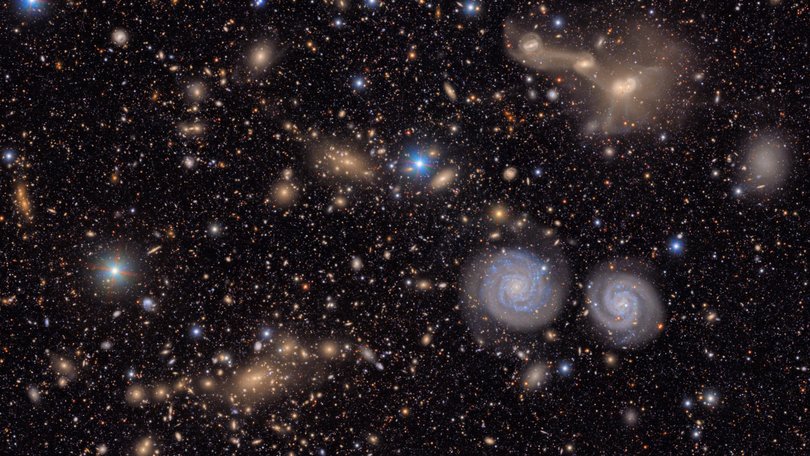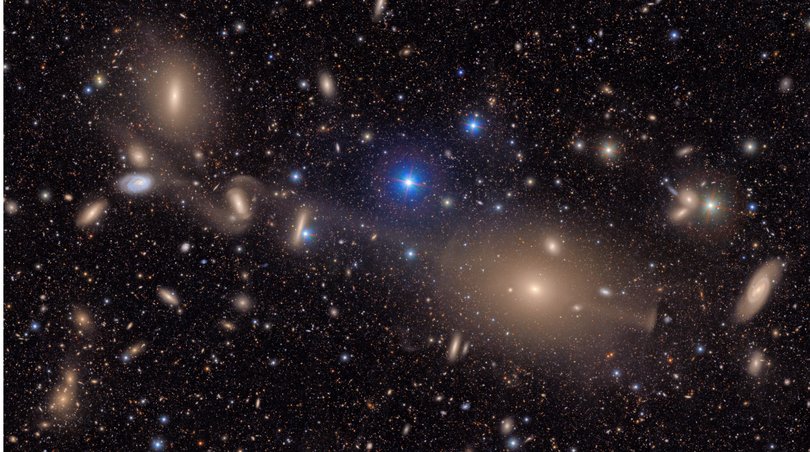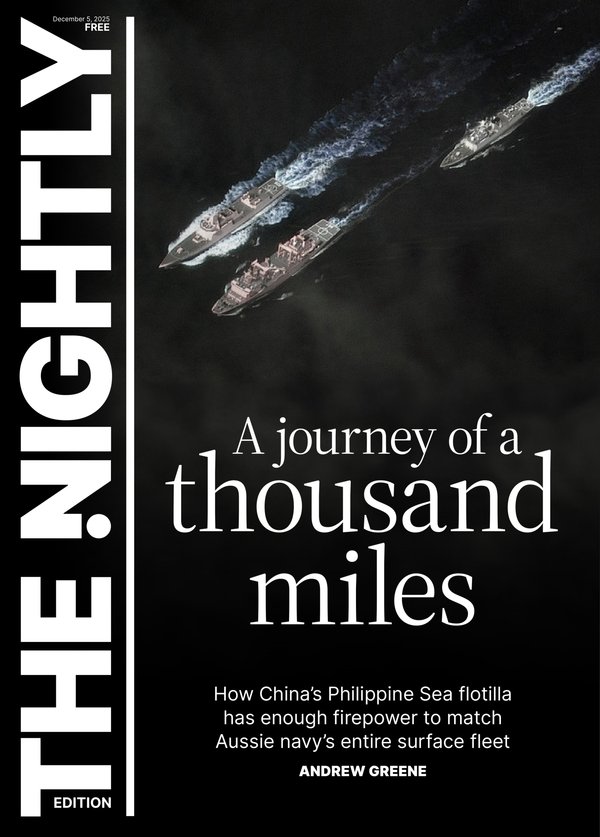First images from NSF–DOE Vera C. Rubin Observatory, sparks hopes of discovering ninth planet

A powerful new telescope nestled high in the Chilean Andes has taken its first glimpse of the cosmos, marking what scientists say is the beginning of a revolutionary new era in astronomy.
The Vera C. Rubin Observatory — home to the most powerful digital camera ever built — has released its first images, including a striking view of a colourful star-forming region 9,000 light-years from Earth.
Over the next decade, the telescope will scan the southern night sky every three days, building an unprecedented, continuous record of the universe in motion, the BBC reported.
Sign up to The Nightly's newsletters.
Get the first look at the digital newspaper, curated daily stories and breaking headlines delivered to your inbox.
By continuing you agree to our Terms and Privacy Policy.Its mission: to map the Milky Way, track near-Earth asteroids, and help solve some of science’s biggest mysteries — including dark matter.
The observatory’s camera is extraordinary: 3200 megapixels, nearly three tonnes in weight, and so high-resolution it could spot a golf ball on the Moon.
A single image would require 400 Ultra HD TV screens to display in full.
Scientists are also hopeful that, if a long theorised ninth planet exists in the far reaches of our solar system, this telescope will find it within a year.
“I’ve been working toward this moment for 25 years,” said Professor Catherine Heymans, Astronomer Royal for Scotland.
“We’ve always dreamed of a survey like this.”

Built for speed and sensitivity, the telescope’s unique three-mirror design allows it to detect even the faintest light from galaxies and stars billions of years old. Every 40 seconds, it will capture a new image of the sky, operating for eight to twelve hours each night.
Its real power lies in repetition.
By photographing the same areas over and over, the observatory can detect subtle changes, fleeting cosmic events, and potential hazards, like previously unknown asteroids on a path toward Earth.
The project will generate a staggering stream of data, producing up to 10 million alerts each night.
The UK, a key project partner, will host major data centres to help manage and analyse the information.
“It’s going to take time to fully understand everything this observatory can do,” Professor Heymans said.
“But we’re ready for it.”

Viewers around the world can catch a front-row seat to this astronomical milestone by tuning into the official first-look livestream, hosted on the Vera C. Rubin Observatory’s YouTube channel.
The broadcast offers an exclusive window into the observatory’s cutting-edge capabilities, showcasing its debut images and walking audiences through the groundbreaking science that lies ahead.
